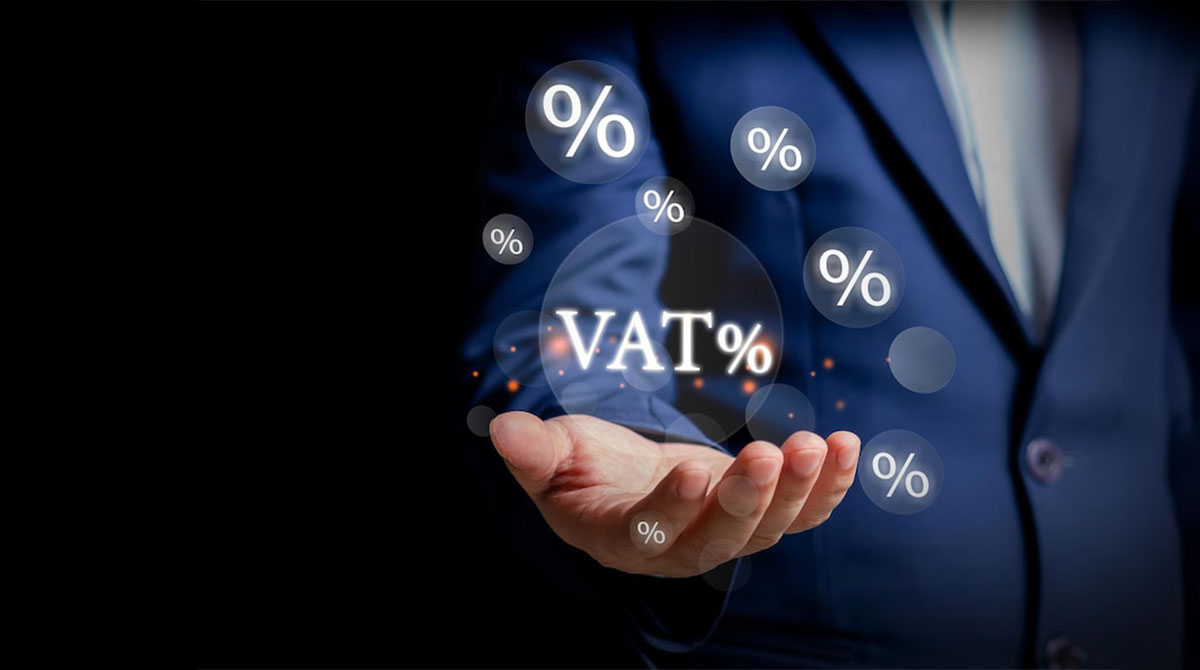
HMRC’s Making Tax Digital (MTD) initiative marks a significant shift in how businesses handle VAT reporting in the UK. Introduced as part of the government’s broader digitalization strategy, MTD aims to make tax administration more effective, efficient, and simpler for taxpayers. Initially launched in April 2019, MTD for VAT has been a mandatory requirement for VAT-registered businesses with a taxable turnover above the VAT threshold of £85,000. As of April 2022, the scheme was expanded to include all VAT-registered businesses, regardless of turnover.
The core requirement of MTD for VAT is that businesses must keep digital records and use compatible software to submit their VAT returns. This approach eliminates the need for manual record-keeping and ensures greater accuracy in tax submissions, reducing the likelihood of errors. Businesses must maintain digital records of all their VAT-related transactions, including sales and purchases, and submit their VAT returns directly to HMRC using MTD-compatible software.
The transition to MTD has required businesses to adapt to new software systems and processes. HMRC has approved a variety of software solutions that cater to different business sizes and needs, from simple bridging software that connects spreadsheets to HMRC’s systems, to more comprehensive accounting software that fully integrates digital record-keeping and submission.
For businesses, MTD for VAT brings several benefits, including improved accuracy, reduced administrative burden, and better financial management. However, the transition has not been without challenges, particularly for smaller businesses that may lack the resources or expertise to implement digital solutions smoothly. Despite these challenges, MTD represents a step towards modernizing the UK’s tax system, laying the groundwork for future digital initiatives.
As MTD continues to evolve, businesses must stay informed and compliant to leverage the full benefits of this digital transformation in tax administration.

